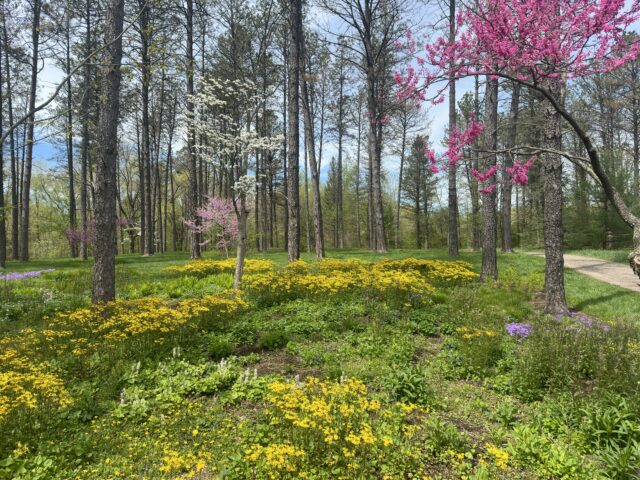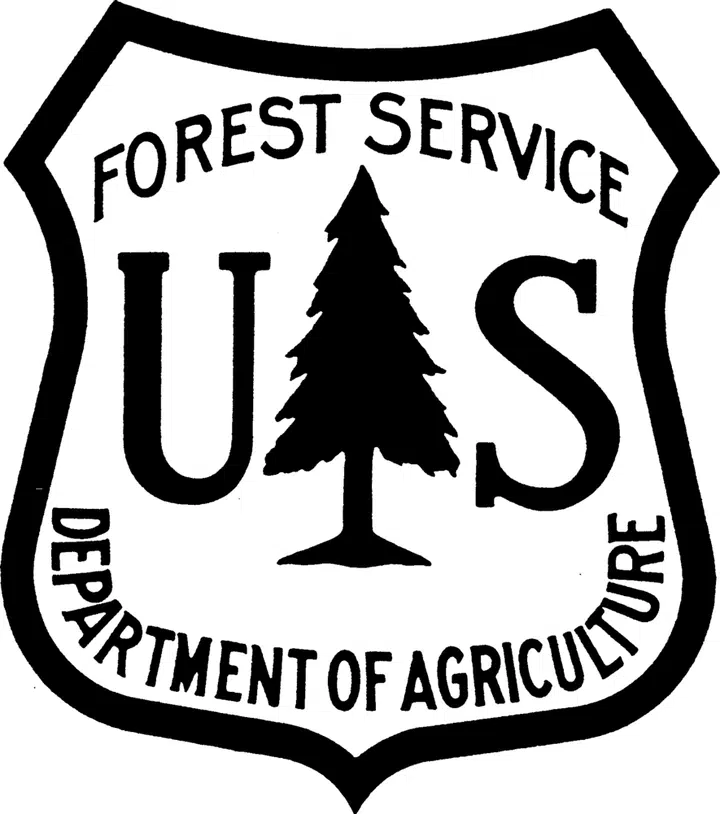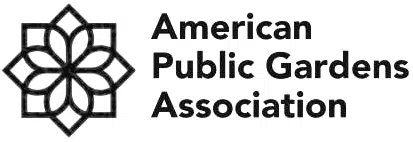A New Way to Detect Beech Leaf Disease: Rainwater Running Down Tree Trunks
April 28, 2025

KIRTLAND, OHIO — How do you detect a pathogen that lives way, way up in a tree’s canopy? A novel method for detecting beech leaf disease from the ground—using rainwater that flows down tree trunks—has shown promising results at the Holden Arboretum.
The study, published in Forest Ecology and Management, was led by Cleveland State University student Alex Gordon and associate professor John Van Stan, in collaboration with the researchers in David Burke’s lab at HF&G.
During a rainstorm, water runs down a tree’s trunk in a phenomenon called stemflow. When raindrops land on leaves, branches, and buds, the water runs down the trunk, washing any tiny debris—including signs of pathogens—down with it. That means what you find in the stemflow water collected at ground level can give you clues about the state of the upper canopy. The team tested whether samples of stemflow could be used to detect the microscopic nematodes responsible for beech leaf disease.
They found that DNA from the beech leaf disease nematode was consistently detectable in stemflow from infested trees at the Arboretum—sometimes before symptoms were visible on leaves. Signs of the nematode were particularly detectable during periods of bud formation in August and leaf senescence in fall.
“These findings show that stemflow sampling could become a cost-effective, ground-based way to detect disease activity in tree canopies,” says Burke, Vice President for Science and Conservation at HF&G. “This is especially exciting because canopy research is typically labor-intensive, expensive, and difficult to execute.”
The nematode Litylenchus crenatae ssp. mccannii, the causative agent of beech leaf disease, has spread rapidly across eastern North America, threatening native beech forests. With no cure available, detection and monitoring are critical for understanding how the disease spreads and how it might be addressed.
By installing simple, non-invasive collars around American beech trees (Fagus grandifolia) at the Holden Arboretum, the team was able to collect and analyze stormwater from 18 trees during 12 rain events. They detected nematode DNA in more than half of the rains, with heavier rains leading to greater likelihood of detection.
They also found that nematodes were more likely to be detected when a rain event was preceded by a rapid change in relative humidity—a classic weather signal that a storm is approaching. It’s an interesting result, because beech leaf disease researchers have been wondering whether the nematodes are dispersing to new trees predominantly by traveling through water films that occur during rains. Although it isn’t conclusive evidence for the theory, it could certainly be a clue.
Either way, the researchers hope this same method could also work to detect other canopy-dwelling pathogens. But testing will be needed to confirm.
“I hope it will be a powerful addition to our disease detection toolkit,” says Burke.
The researchers emphasize that more work is needed to validate this method at other sites, and to hone in on what weather conditions are optimal for detection. Still, the findings suggest that stemflow sampling should help land managers and scientists monitor forest canopies with greater efficiency and lower cost.
Cover photo: Diseased beech leaves. (Credit: Brianna Shepherd/HF&G)
Citation: Gordon, D.A.R., Burke, D.J., Carino-Kyker, S.R., Bashian-Victoroff, C., Mabrouk, A.I. and Van Stan II, J.T., 2025. Harnessing stemflow as a diagnostic tool for canopy disease detection and monitoring. Forest Ecology and Management. 585:122674.
About Holden Forests & Gardens: Holden Forests & Gardens is made up of two of Northeast Ohio’s most important environmental and cultural institutions—the Holden Arboretum and Cleveland Botanical Garden—whose mission is to connect people with the wonder, beauty, and value of trees and plants, to inspire action for healthy communities. One of the largest public gardens in the country, Holden Forests & Gardens has 21,000 member households and an annual attendance of nearly 350,000 for whom we strive to provide inspirational and educational visitor experiences.
Corresponding Author:
Dr. David Burke, Vice President for Science and Conservation
Holden Forests & Gardens
dburke@holdenfg.org
Media Contact:
Dr. Anna Funk, Science Communication Specialist
Holden Forests & Gardens
afunk@holdenfg.org












